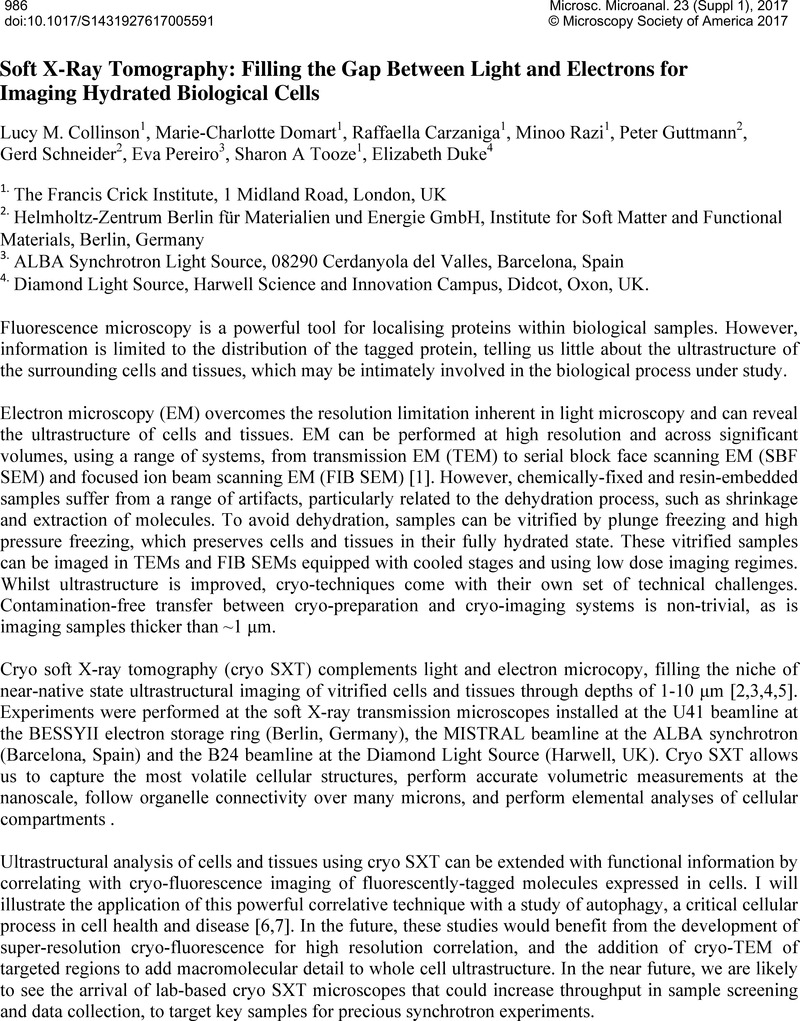Crossref Citations
This article has been cited by the following publications. This list is generated based on data provided by Crossref.
Groen, Johannes
Blachier, Simon
Baker, Max
Barba-Spaeth, Giovanna
Enninga, Jost
Brelot, Anne
Sartori-Rupp, Anna
Qvortrup, K.
and
Weede, K.
2024.
Multimodal and correlative imaging approaches to study early stages of SARS-CoV 2 infection.
BIO Web of Conferences,
Vol. 129,
Issue. ,
p.
13004.
Pepe, Anna
Groen, Johannes
Zurzolo, Chiara
and
Sartori-Rupp, Anna
2024.
Correlative Light and Electron Microscopy V.
Vol. 187,
Issue. ,
p.
175.



